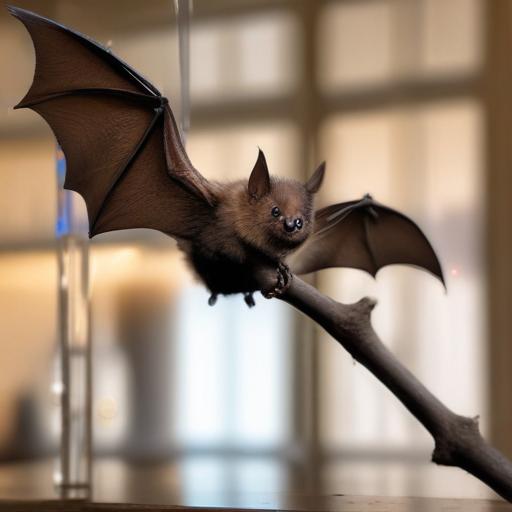New research from the University of Sydney has shed light on the emergence of new coronavirus variants in bats, an area of growing concern as their habitats face increasing destruction due to human activity. The findings, published in Nature Communications, emphasize that while bats play a crucial role in our ecosystems, their proximity to humans can lead to heightened disease risks.
The study reveals that younger bats tend to be more frequently infected with coronaviruses, which raises their potential as a source for viral spillover into other species. Importantly, the research indicates that the coronaviruses identified in Australian bats currently pose no known threat to human health.
Dr. Alison Peel, who led the study at the University’s School of Veterinary Science, explained that most coronaviruses present in bats do not infect humans. They only become a concern when they spill over through an intermediate host, as seen in the cases of SARS, MERS, and COVID-19.
Over a three-year period, researchers collected and analyzed more than 2,500 fecal samples from black flying foxes and grey-headed flying foxes in five roost sites along Australia’s eastern coast. The results showed that the prevalence of coronaviruses was highest in young bats from March to July, aligning with their weaning and maturation periods. The study notably found a significant rate of co-infection, where juveniles harbored multiple coronaviruses simultaneously.
Co-infection can lead to a single cell being impacted by multiple viruses, a precursor for the emergence of new viral strains. The researchers identified six coronaviruses from a subclass known as nobecoviruses, which pose minimal risk to human health but are closely related to more dangerous strains, providing valuable insights into viral evolution.
The study’s methodology involved genomics to track infections back to individual bats, enabling scientists to construct a more comprehensive model for predicting future coronavirus emergence. By focusing on co-infections among young bats during specific periods, researchers may enhance their ability to anticipate shifts in viral behavior that could impact human health.
Dr. Peel pointed out the need for further investigation into why younger bats are more vulnerable to infections, suggesting that factors such as developing immune systems and environmental stresses may contribute to their increased susceptibility. Previous research has shown that habitat loss and food shortages can weaken bat immunity, possibly leading to greater risks of viral infections.
This extensive research, initiated in 2020 during the COVID-19 pandemic, builds on earlier studies of the Hendra virus, underscoring its significance in understanding the complexities of viral transmission from bats to humans. The depth of this research provides a valuable foundation for ongoing studies into how environmental changes may influence coronavirus emergence, ultimately leading to proactive measures in managing future risks.
Overall, this research is a crucial step towards understanding the intricate dynamics of bat coronaviruses and how ecological changes affect virus emergence, which can pave the way for better preventative strategies as we navigate our evolving relationship with wildlife.
